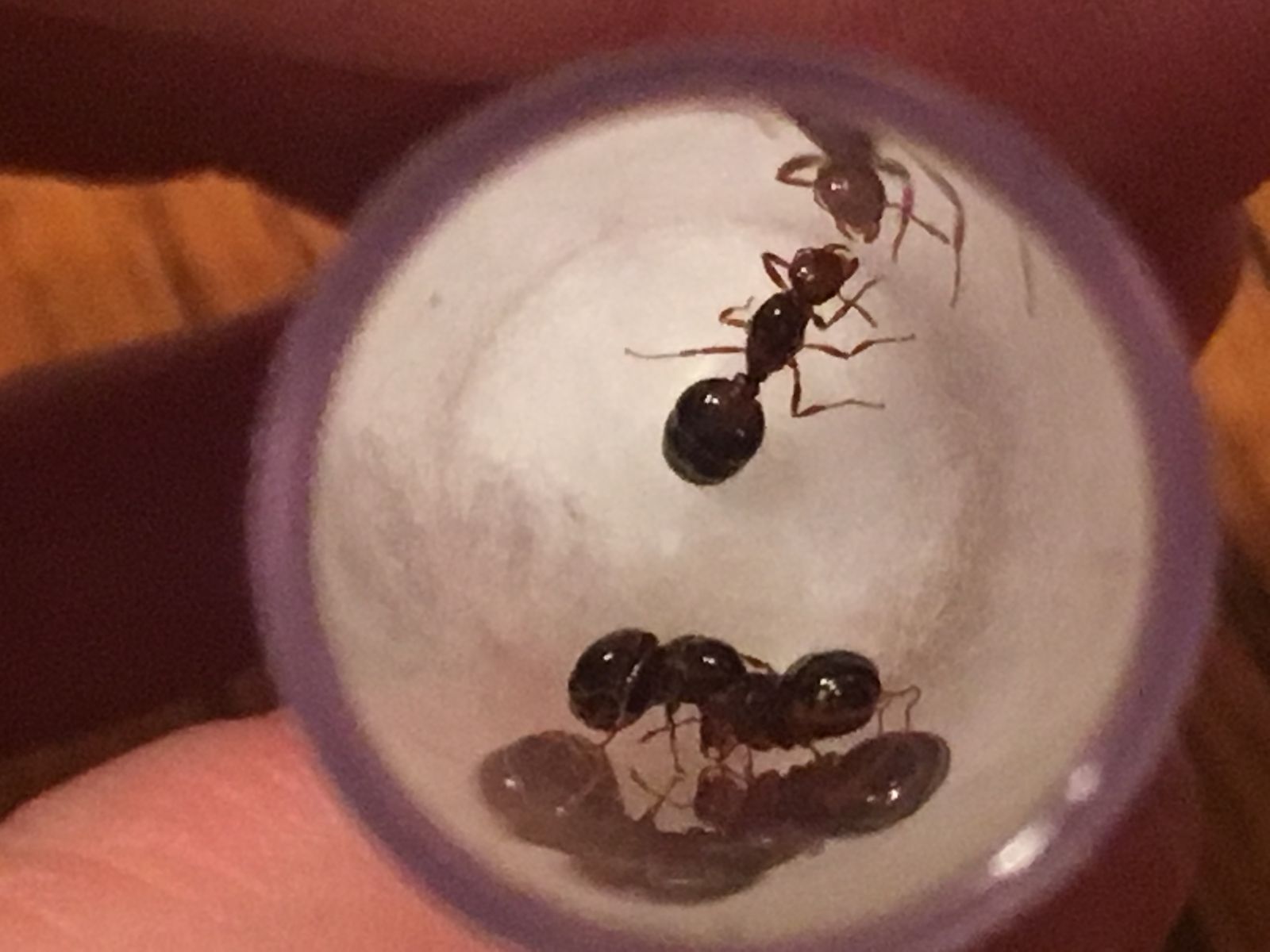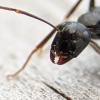Solenopsis invicta are all over in my area! I have so many of them and, once they succeed in becoming full colonies, I only plan to keep one or two long term. I still keep collecting them as I see them because I am new to ant keeping and it is still very interesting for me to observe the dealates in their founding stage.
Today, I had another decent haul of S. invicta dealates and I decided to try something different. I placed 3 dealates in one test tube setup, 3 in another, and 2 in another. I made the living spaces of each of these setups larger than normal. (I only filled the tubes halfway with water.) So far, the dealates have clumped together in each tube and appear to be "sniffing" one another. I have not noticed any biting or stinging, but they are always around and on top of each other, even though there is plenty of space for them to move around in these test tube setups.
Does anyone else have experience with polygyne S. invicta colonies? I am doing this more out of curiosity than anything. I may try again if these colonies do not work out. If I do, I may put grass or other objects in there to act as hiding spaces.
This is one of the only pictures I got where not all of the queens in a tube were on top of each other.





















